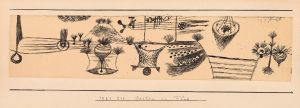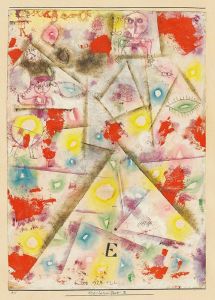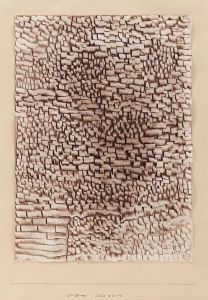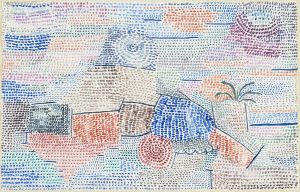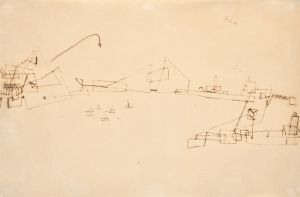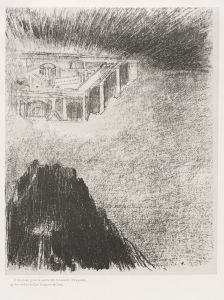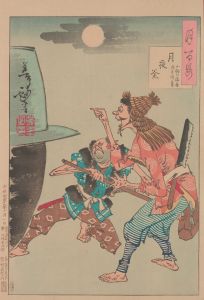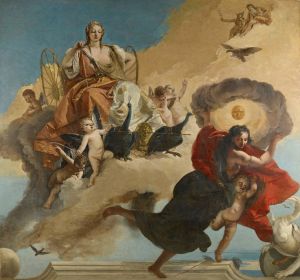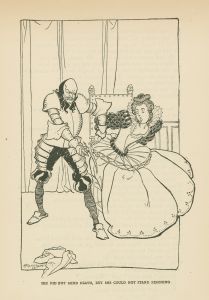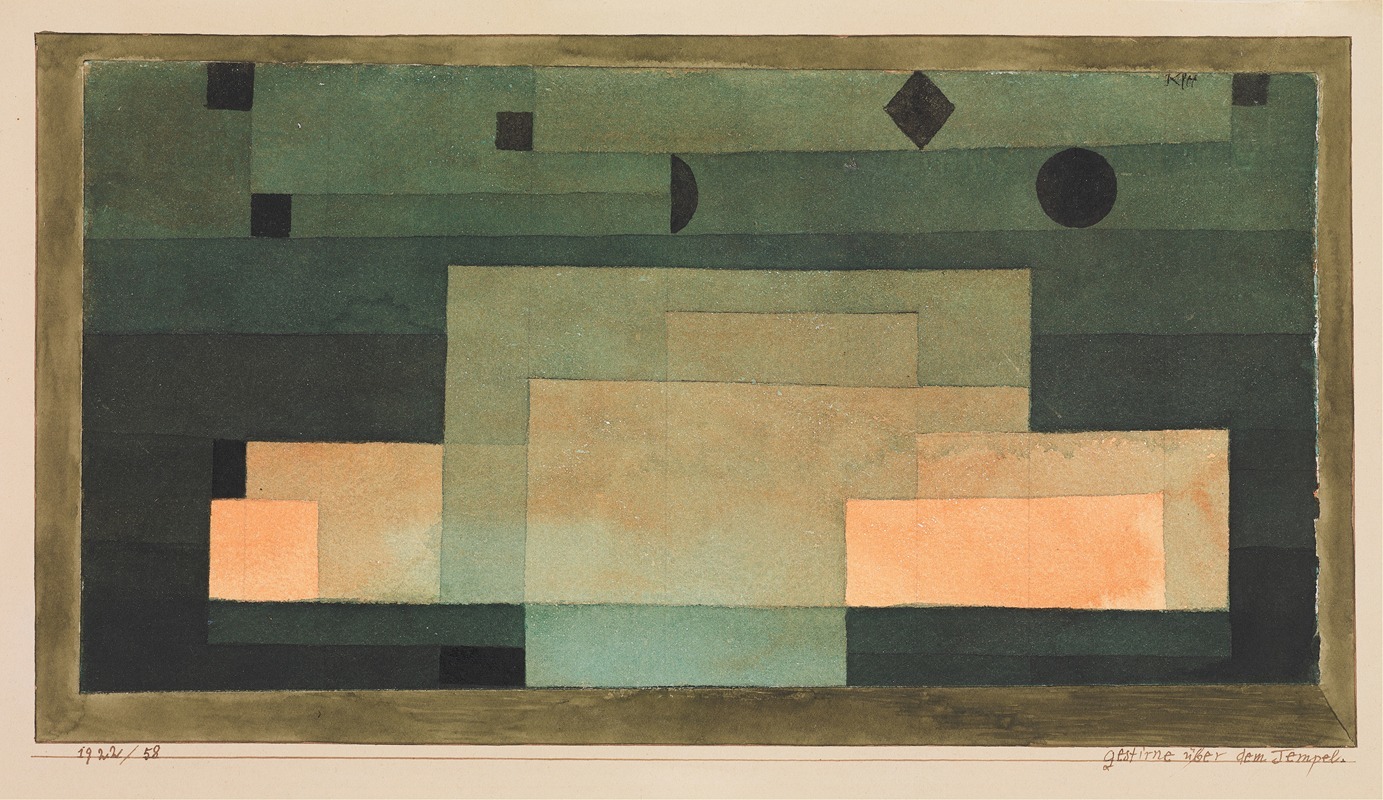
The Firmament Above the Temple
A hand-painted replica of Paul Klee’s masterpiece The Firmament Above the Temple, meticulously crafted by professional artists to capture the true essence of the original. Each piece is created with museum-quality canvas and rare mineral pigments, carefully painted by experienced artists with delicate brushstrokes and rich, layered colors to perfectly recreate the texture of the original artwork. Unlike machine-printed reproductions, this hand-painted version brings the painting to life, infused with the artist’s emotions and skill in every stroke. Whether for personal collection or home decoration, it instantly elevates the artistic atmosphere of any space.
Paul Klee's painting "The Firmament Above the Temple" is a notable work by the Swiss-born artist, who is renowned for his unique style that blends elements of expressionism, cubism, and surrealism. Klee's work is characterized by his inventive use of color and form, and his ability to convey complex ideas through seemingly simple compositions.
"The Firmament Above the Temple" was created in 1922, a period when Klee was deeply involved with the Bauhaus, a revolutionary art school in Germany that combined crafts and the fine arts. During his time at the Bauhaus, Klee developed his theories on color and form, which are evident in this painting. The work reflects his interest in the spiritual and the metaphysical, themes that frequently appear in his art.
In "The Firmament Above the Temple," Klee employs a geometric abstraction that suggests a celestial or cosmic scene. The painting features a series of intersecting lines and shapes that create a sense of movement and depth, evoking the idea of a sky or firmament above a sacred space. The use of color is particularly significant, as Klee often used color to express emotion and to explore the relationship between the physical and the spiritual.
Klee's work is often seen as a visual exploration of music, and "The Firmament Above the Temple" can be interpreted as a symphony of shapes and colors. The rhythmic arrangement of forms and the harmonious use of color suggest a musical quality, reflecting Klee's belief in the connection between visual art and music. This belief was influenced by his own background as a musician; Klee was an accomplished violinist, and music played a significant role in his artistic development.
The painting also reflects Klee's interest in the mystical and the esoteric. He was influenced by various philosophical and spiritual traditions, including the writings of theosophists and the mystical aspects of Christianity. These influences are evident in the symbolic nature of his work, which often seeks to transcend the material world and explore the spiritual realm.
"The Firmament Above the Temple" is a testament to Klee's innovative approach to art, which defies easy categorization. His work continues to be celebrated for its originality and its ability to convey profound ideas through abstract forms. Klee's influence can be seen in the work of many later artists, and his paintings remain a subject of study and admiration in the art world.
Overall, "The Firmament Above the Temple" exemplifies Paul Klee's mastery of color and form, as well as his ability to infuse his work with spiritual and philosophical depth. The painting is a significant example of Klee's contribution to modern art and his enduring legacy as a pioneer of abstract art.







